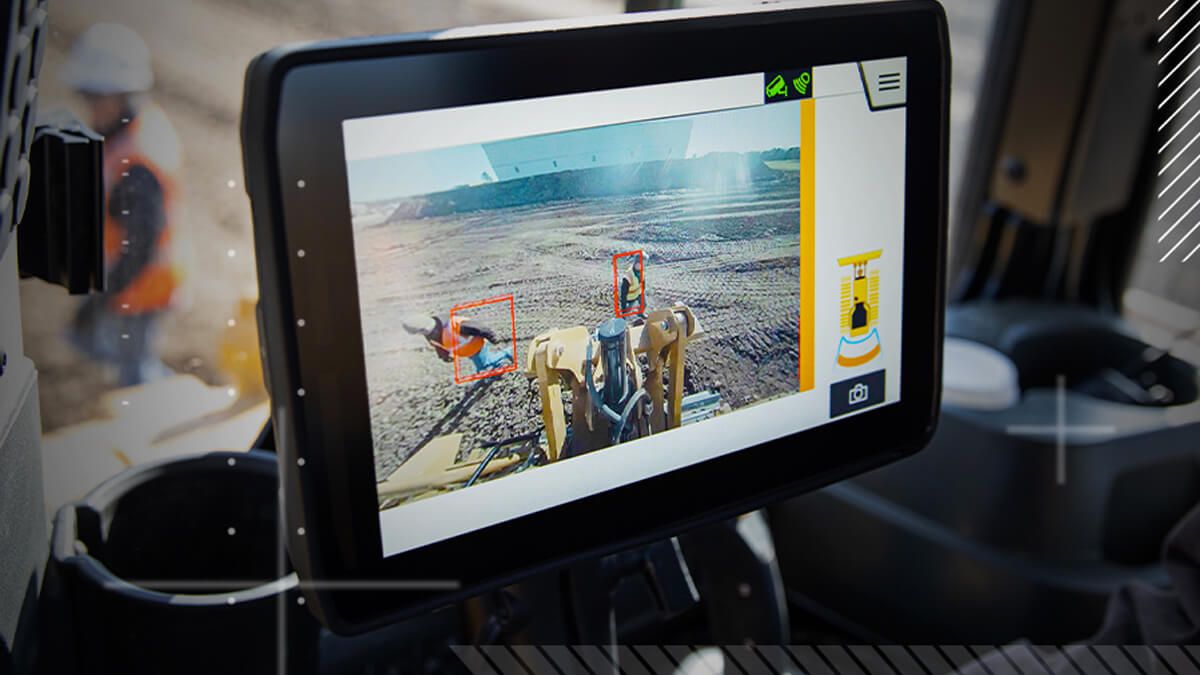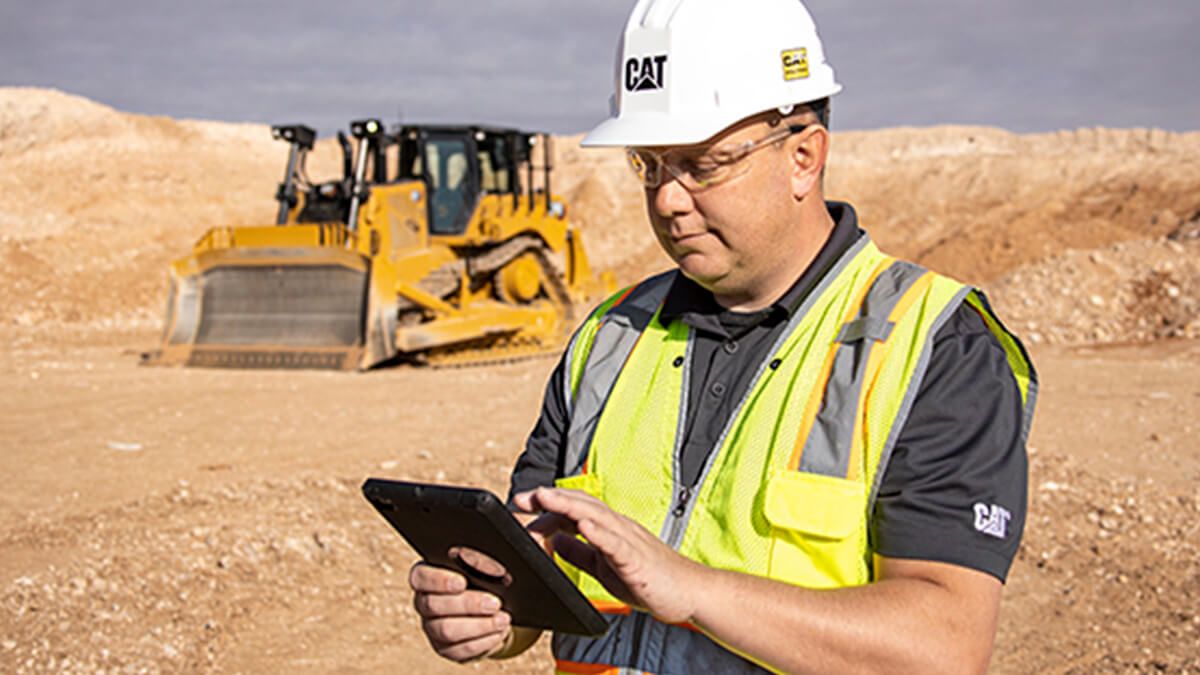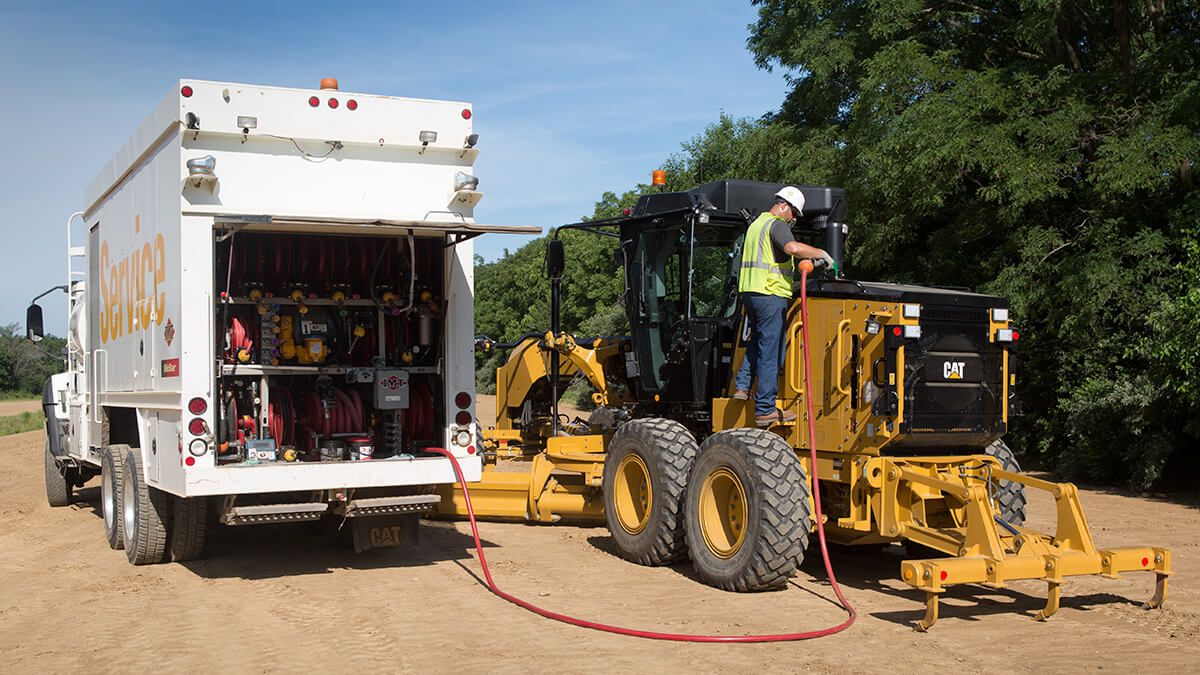

Sign In
Welcome! Sign In to personalize your Cat.com experience
If you already have an existing account with another Cat App, you can use the same account to sign in here
Register Now
One Account. All of Cat.
Your Caterpillar account is the single account you use to log in to select services and applications we offer. Shop for parts and machines online, manage your fleet, go mobile, and more.
Account Information
Site Settings
Security
Work Hard with Articulated Truck Operating Tips
It’s not unusual for novice operators to start out operating articulated dump trucks. Compared with other heavy machinery, these are relatively easy to operate. But they are still large, highly complex machines with unique capabilities and characteristics. These articulated truck operating tips will help even your newest drivers be safer and more productive on the job.
Estimated read time: 5 minutes
When you’re behind the wheel of a Cat® articulated truck, every movement counts in terms of safety and productivity. But safety and efficiency don’t have to be at odds with one another. Good, safe articulated truck operators make sure every distance driven is deliberate and calculated. Here are some articulated truck operating tips to get you started.
BEFORE OPERATING THE TRUCK
Walk around the truck and visually inspect the vehicle paying special attention to the tires and looking for any signs of fluid leaks.
Make sure to maintain three points of contact when climbing in and out of the cab.
In the cab, take a moment to adjust mirrors, seat and steering wheel for safe operation.
Always fasten your seat belt.
Start the truck and pay attention to any warning lights. Make sure additional safety systems like backup alarm, rearview camera and monitors, lighting and windshield wipers are working.
DURING OPERATION
Check all around the truck before shifting into gear and taking off.
Make sure any passenger sits in the training seat and fastens their seat belt.
Be especially alert for workers on the ground and near the vehicle. They can often be hard to see given the height of the cab.
Always obey posted speed limit signs on haul roads.
Obey all traffic direction signs.
Familiarize yourself with the truck’s brake and retarder control systems for safety on downgrades.
Maintain as much space as possible around other machines or structures.
Stay away from the edge of cliffs, overhangs and slide areas.
If the machine begins to sideslip downward on a grade, turn the machine downhill.
Avoid any conditions that can lead to tipping the machine. The machine can tip when you work on hills, on banks and on slopes. Also, the machine can tip when you cross ditches, ridges or other obstacles.
Do not load the machine beyond the machine capacity.
Stay in the cab while the machine is being loaded.
Travel with the dump body lowered to the frame.
Before operating a machine up a grade, select the gear that will give you full control under all conditions.
Know the maximum dimensions of your machine.
Inspect tires periodically during your shift. Allow tires to cool before going near them.
Never coast with the transmission in neutral.
SLOPE OPERATION
Slope operation is particularly dangerous for articulated trucks. Avoid operating across a slope, and instead operate up and down slopes. At higher speeds, inertia tends to make the machine less stable. Rough terrain can also make the machine less stable.
More articulated truck operating tips for slopes:
Always orient the heaviest end of the machine uphill when you are working on an incline.
Check machine balance as it can be impeded by any equipment mounted on it, such as weights and counterweights.
Be alert for ground that has been newly filled with earth. It could collapse from the weight of the machine.
Rocks and wet or muddy surfaces can drastically affect the machine's traction and stability. Traction control and stability assist technologies will help combat these effects, but still operate as carefully as possible.
Avoid excessive loads that can cause slippage on downhill tracks.
Note that tires can dig into the ground when going downhill, which will increase the angle of the machine.
STOPPING AND PARKING THE TRUCK
When it’s time to stop and park the truck, never immediately cut off the engine. Stopping the engine immediately after hauling a heavy load can cause overheating and accelerated wear of engine components. Instead, allow the engine to run for five minutes before shutting down.
Also:
Allow hot areas of the engine to cool gradually.
If the “regen active” indicator is illuminated, do not shut off the engine. Refer to the monitoring system section in your Operation and Maintenance Manual for more information.
Always park the machine on a level surface.
If you must park on a grade, chock the machine wheels.
Apply service brakes to stop the machine.
Move the transmission control to the (P) position to engage the parking brake.
Disengage the service brakes and make sure the machine holds in place.
Always lower the dump body to the frame.
Following these tips, and always erring to the side of caution while operating, can keep you safe and productive behind the wheel of your Cat articulated truck.
Explore more articulated trucks technologies and features on our page for articulated trucks.
Popular Articles About Articulated Trucks
Get the most from your articulated truck with operating tips, safety advice, maintenance help and much more.
-
Improve Jobsite Safety: Cat® Detect with Smart Camera
Boost visibility from your cab with Cat Detect with Smart Camera.
SEE THE DIFFERENCE -
Get Parts and Service Manuals Fast with SIS2GO App
This Cat® parts and service app provides a world of expertise.
SEE MORE -
What is Biodiesel? Fuel of the Future, Fuel of Today?
Biodiesel is everywhere — available now, it is a cleaner, renewable fuel option.
GET BIOFUEL SMART -
Building Trust With Customers in Construction
As a contractor, building trust with customers and maintaining relationships is vital.
EARN CONFIDENCE
Once You Own, You're In
Gain unlimited access to must-know information about your machine. Find ideas you can put to work on the job right away, including business insights.




